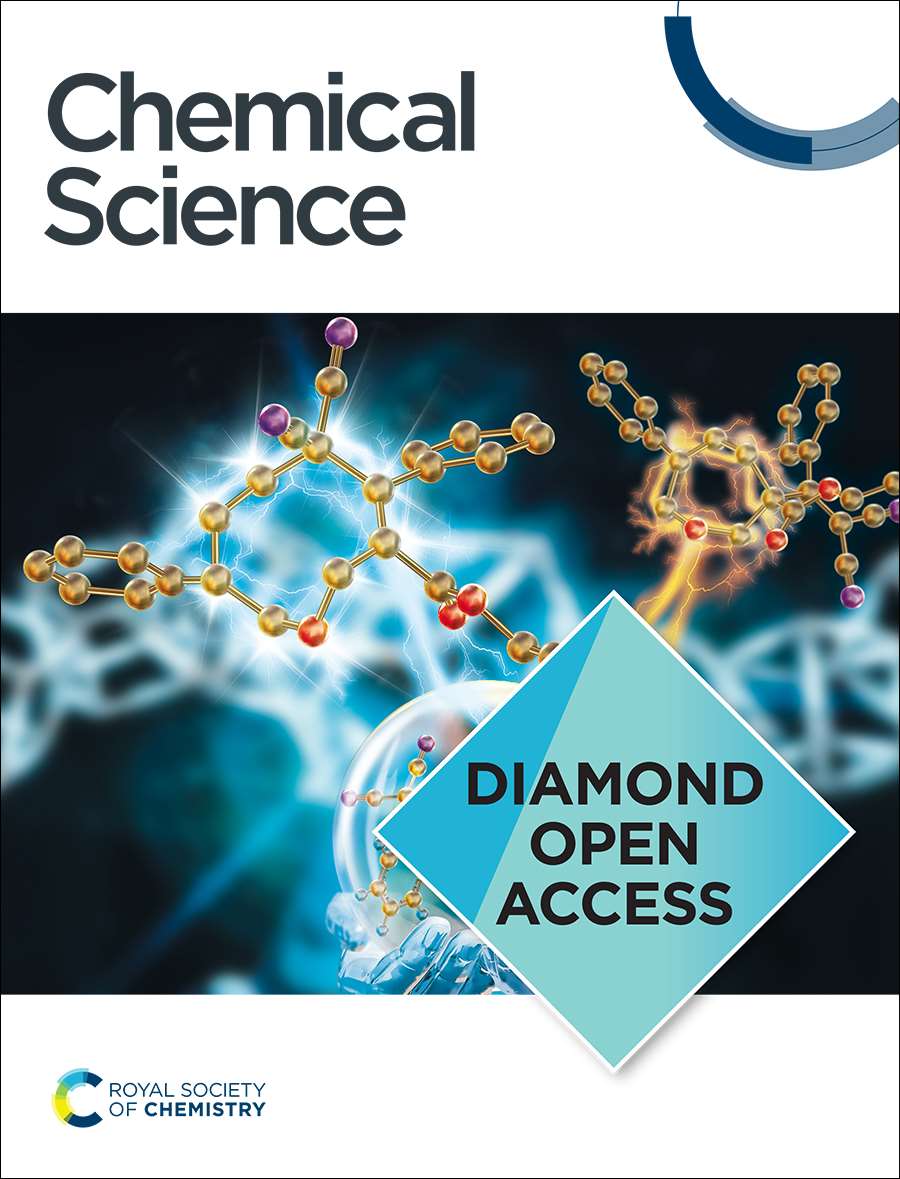超级电容器低温电解质的研究现状与展望
IF 7.6
1区 化学
Q1 CHEMISTRY, MULTIDISCIPLINARY
引用次数: 0
摘要
超级电容器因其快速充放电能力和长寿命而对高功率应用至关重要。然而,在超低温下实现高性能仍然是一个重大挑战,限制了它们在极端环境中的使用。负责离子传输的电解质是控制超级电容器低温性能的关键因素。从这个角度来看,我们关注超级电容器低温电解质的最新进展。我们首先介绍了评估低温电解质的关键物理参数。然后,我们强调了低温电解质的关键设计策略,然后详细讨论了它们的防冻机制,包括水性,有机,离子液体和凝胶基电解质。此外,特别强调的是理论模拟和先进的表征技术,因为它们能够阐明电解质的微观结构,并为其储能机制提供全面的见解。最后,展望了低温电解液目前面临的挑战和未来的发展方向,期望为超低温应用中可靠、高性能的超级电容器提供有前途的策略。本文章由计算机程序翻译,如有差异,请以英文原文为准。
Current Status and Future Perspectives of Low-Temperature Electrolytes for Supercapacitors
Supercapacitors are critical for high-power applications due to their fast charge-discharge capabilities and long lifespans. However, achieving high performance at ultra-low temperatures remains a significant challenge, limiting their use in extreme environments. The electrolyte responsible for ion transport is the key factor governing the low-temperature performance of supercapacitors. In this perspective, we focus on the recent advances in low-temperature electrolytes for supercapacitors. We first introduce the critical physical parameters for evaluating low-temperature electrolyte. Then, we emphasize the key design strategies for low-temperature electrolytes, followed by a detailed discussion of their anti-freezing mechanisms, encompassing aqueous, organic, ionic liquid, and gel-based electrolytes. Additionally, particular emphasis is placed on the theoretical simulation and advanced characterization techniques, given their capability to elucidate the microscopic structure of the electrolyte and provide comprehensive insights into its energy storage mechanism. Finally, we have provided an outlook on the current challenges and future development directions of low-temperature electrolytes, which is expected to offer promising strategies for reliable, high-performance supercapacitors in ultra-low temperature applications.
求助全文
通过发布文献求助,成功后即可免费获取论文全文。
去求助
来源期刊

Chemical Science
CHEMISTRY, MULTIDISCIPLINARY-
CiteScore
14.40
自引率
4.80%
发文量
1352
审稿时长
2.1 months
期刊介绍:
Chemical Science is a journal that encompasses various disciplines within the chemical sciences. Its scope includes publishing ground-breaking research with significant implications for its respective field, as well as appealing to a wider audience in related areas. To be considered for publication, articles must showcase innovative and original advances in their field of study and be presented in a manner that is understandable to scientists from diverse backgrounds. However, the journal generally does not publish highly specialized research.
 求助内容:
求助内容: 应助结果提醒方式:
应助结果提醒方式:


